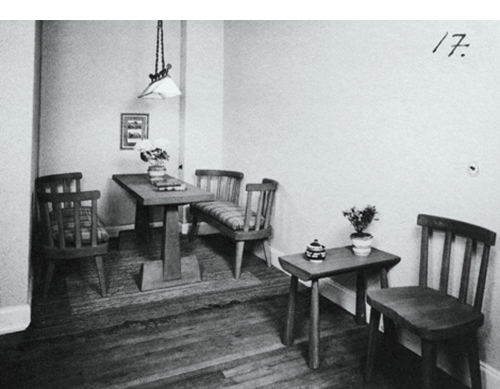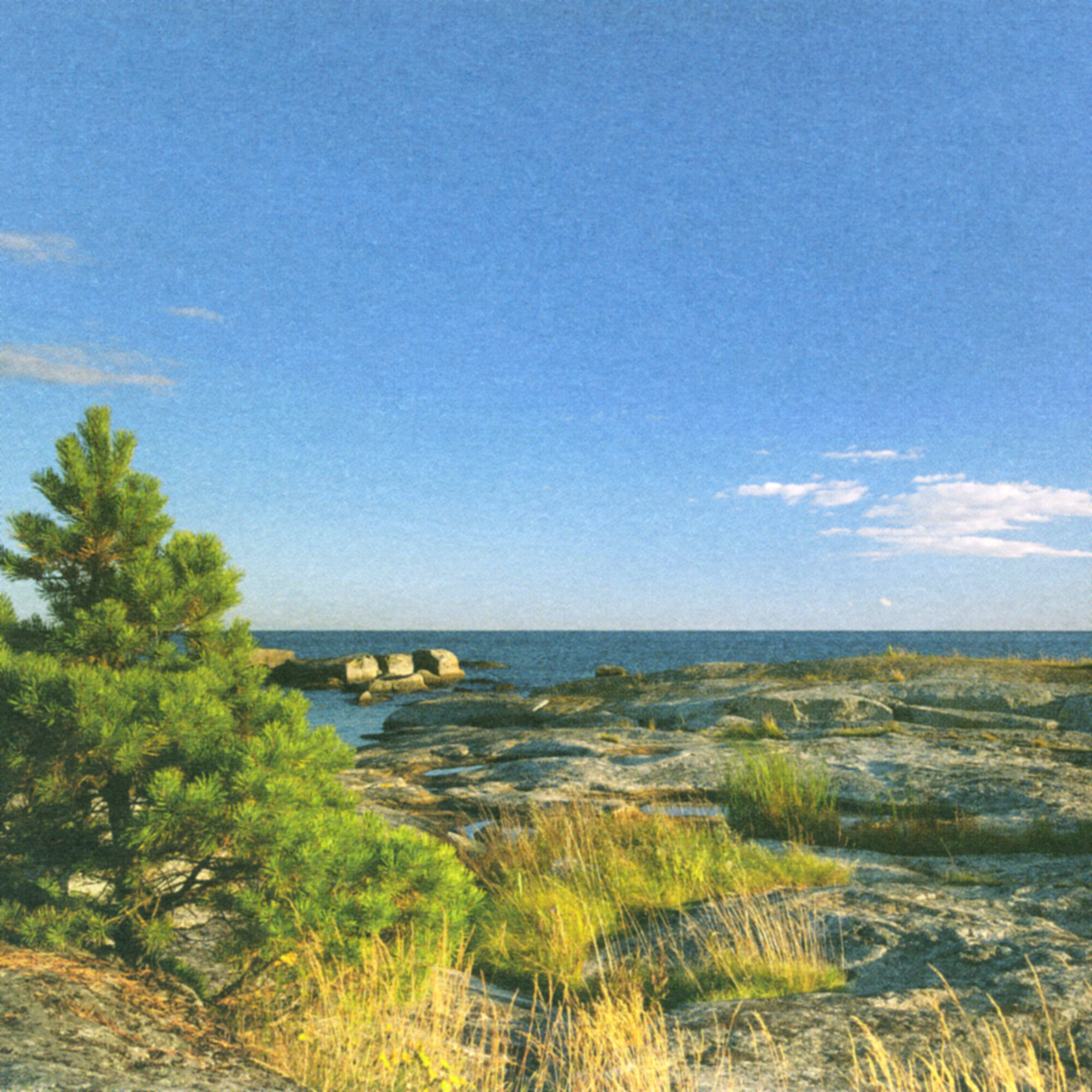158
158
Sweden, c. 1930
laminated and stained pine 14 h × 23½ w × 14 d in (36 × 60 × 36 cm)
laminated and stained pine 14 h × 23½ w × 14 d in (36 × 60 × 36 cm)
estimate: $3,000–5,000
result: $6,250
follow artist
For more than a decade Axel Einar Hjorth had the opportunity to develop his ideas in a limitless and creative way and today, he is credited with making some of the most interesting modernist pieces, not only in Sweden, but in the whole of Scandinavia. In 1929, just two years after becoming the furniture architect for the prestigious Nordiska Kompaniet, Hjorth presented a line of furniture called Sportstugemöbler, or weekend house furniture, at the spring exhibition. The designs consisted of simple lines and construction rendered in pine that mixed aesthetics from the peasant handicraft with international modernism.

Besides looking great, the Sportstugemöbler line exhibits the layered artistic quality of Axel Einar Hjorth’s hand and vision. The sculptural layer is maybe easiest seen in the Utö coffee table (1932), aka the Brancusi table, a name found on a drawing in the NK archive and refers to Hjorth’s admiration of the sculptor. At the time, the office at NK had an extensive collection of magazines and books dedicated to contemporary French sculpture.
In another layer you’ll find traces of Swedish society and political life. Starting in the late 19th century, the bourgeoisie began purchasing land and building large summerhouses in the archipelago. They would relocate their entire households and staff during the summer months while the men commuted by steamboat to the city for work. In the 1930s the ruling Social democrats introduced a law that gave all employees the right to two weeks of vacation every year. The working-class often used it to help parents or relatives with the harvest but the growing middle class followed the bourgeoisie to the archipelago. NK and Axel Einar Hjorth found a ground for a new market with these new smaller weekend homes. The pieces of Hjorth’s Sportstugemöbler line are aptly named after islands in the archipelago: Utö, Sandhamn, Lovö, Värmdö, etc.


The Island of Utö
Furthermore, Sportstugemöbler has a depth in its reference to traditional peasant art through the use of a common wood, pine. The Swedish peasantry aesthetics have for centuries been based on a pure essentiality, something the writer Carl Jonas Love Almquist calls “the importance of the Swedish poverty”. This idea of “Swedish poverty” is not monetary, but rather it is a mentality that has also been discussed as an important source for simple Shaker designs. Axel Einar Hjorth who lived his first year in a tiny village had of course a special tie to the farmer’s simple furniture and way of life and his furniture line speaks to this.
Despite the seemingly perfect fit, Hjorth’s idea about furnishing the archipelago clashed with reality. The rather conservative middle class did not appreciate the modern touch of the furniture, the reference to peasant art or the use of the simple pine wood. Sweden was rather late to industrialization and its new growing middle-class where too close to it to appreciate the simplicity of form.
NK tried to find a new market for the line by lowering the price point, but because of the quality and production, it was unable to compete with the prices of furniture by other manufacturers. So while NK tried to meet the need of the larger middle class, it was only the progressive upper class that bought into Hjorth’s Sportstugemöbler, acquiring pieces for their small hunting lodges or for a single modernized room in their large houses. As a result, some models were manufactured in very limited numbers and produced until the early 1950s.
In 2009, the Sportstugemöbler line was included in the first Swedish book published on Axel Einar Hjorth. This rare furniture line had never before by published in a book or magazine and its discovery was celebrated by audiences around the world. Since 2009, works from Hjorth’s Sportstugemöbler have been shown by the most prestigious dealers, collected by museums such as the Swedish National Museum and published in international publications. Today, Hjorth is often viewed as a precursor to the modern designs popularized by Charlotte Perriand, Jean Royére, Pierre Chapo or Josef Frank.
Axel Einar Hjorth 1888–1959
Axel Einar Hjorth is commonly regarded as the most significant furniture designer of Sweden in the era between the great wars, though his life was afflicted with dramatic changes. Born poor and raised by a single mother in the small village of Krokek, they spent his first years under very modest circumstances. At five, the two moved to the burgeoning industrial town of Norrköping where they lived under economic pressure. Hjorth’s mother’s financial state diminished and at the age of twelve, the young boy was adopted-away to a well-off family. The young Axel learned new social codes, increased his education and become a skillful actor in the bourgeois life in a developing city.
In 1908, at the age of twenty, Hjorth moved to Stockholm to study at Högre Konstindustriella Skolan (later to be Konstfack). After two years and the death of his stepfather, who did not leave him an inheritance, he was forced to break off his studies before completion. Hjorth found work in both small and major furniture companies in Stockholm before becoming the head of the assembly section of Jubileumsutställningen (the Jubilee Exhibition) in Gothenburg 1923. The English critic P. Morton Shand characterized this exhibition, largely curated by Hjorth, as the beginning of the breakthrough of Swedish decorative arts: “The Gothenburg Exhibition of 1923 revealed [...] that [Sweden was] almost the only one that really counted as far as design and craftsmanship were concerned.”
In 1927, Hjorth acquired the most prestigious job a furniture architect could get in Sweden – head of the furniture department at Nordiska Kompaniet (NK). At that time, the department store was the most important furniture producer and above all, the most exclusive one. Furniture from NK was often executed by skilled carpenters in exotic wood with inlays and expensive woodwork. It was at NK that Hjorth made his name as furniture designer.
Auction Results Axel Einar Hjorth